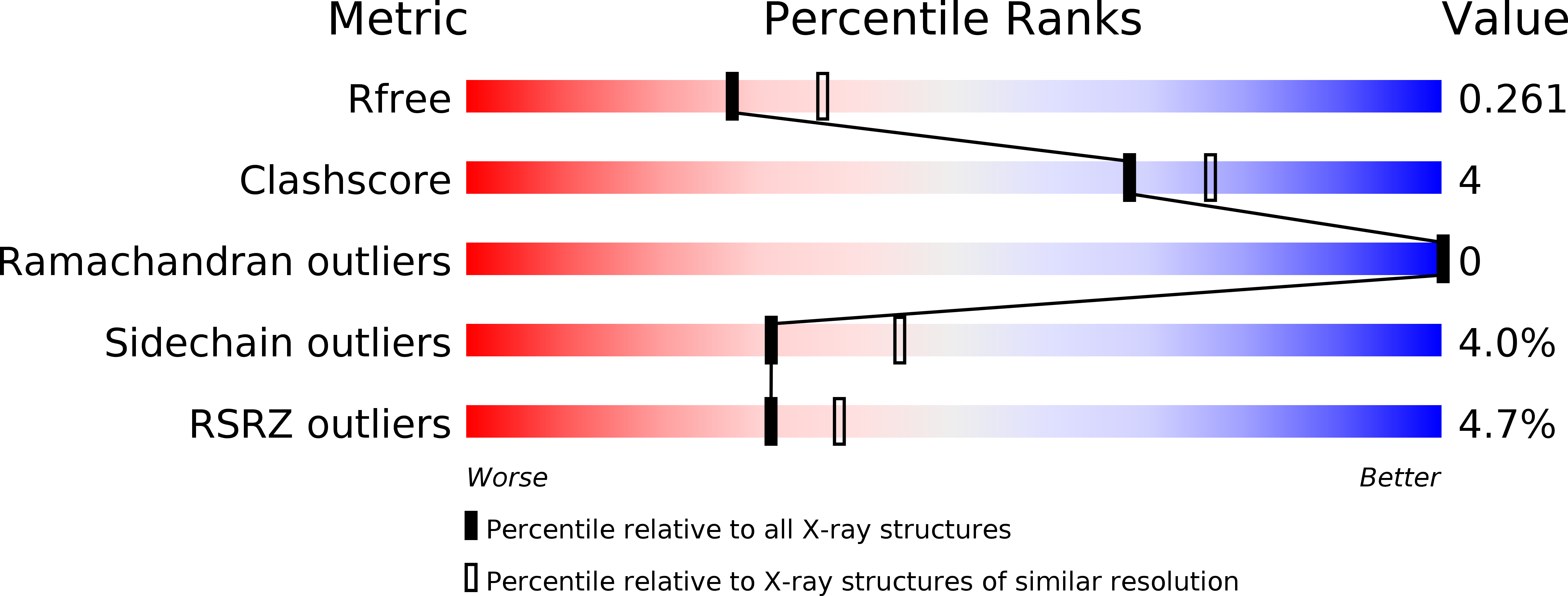
Deposition Date
2006-09-13
Release Date
2006-10-25
Last Version Date
2023-12-13
Entry Detail
PDB ID:
2J5A
Keywords:
Title:
Folding of S6 structures with divergent amino-acid composition: pathway flexibility within partly overlapping foldons
Biological Source:
Source Organism:
AQUIFEX AEOLICUS (Taxon ID: 63363)
Host Organism:
Method Details:
Experimental Method:
Resolution:
2.30 Å
R-Value Free:
0.27
R-Value Work:
0.22
R-Value Observed:
0.22
Space Group:
P 32 2 1


